Katharine Edwards is an artist with an interesting story – the various landscapes of her life from childhood holidays in Wales, to a bothy in a silent forest in Northumberland, to the sun soaked mountains of Spain and back to Hertfordshire – have shaped her artistic output. The Art Collector asked Katharine Edwards about her career and inspiration, below.
Can you tell us about your body of works – Is there a theme or a concept that unites them or is your oeuvre varied? As a follow up question :there are many stunning landscapes – how do you choose which one to paint?
My body of work is an interpretation of landscape. I am interested in depicting wide open spaces and long views, such as the ones I painted in Andalusia where the views are immense. I want to contrast the intense cultivation of the of the olive trees with the wilderness and natural form of the mountains.
This movement between nature and human civilisation is partly why I am also very drawn to Rome. It has such a unique light which shapes and bathes the city. I am very interested in the dramatic line of Rome’s rooftops and spires and the curling mountains in the distance . I am working on a series of paintings from Rome at the moment. Walking through Villa Borghese – the silhouette of the stone pines really thrilled me. I painted their amazing shapes and I juxtaposed the pines with the baroque architecture. I start by painting my primed canvases with a brown sienna which I feel is the earth of my paintings, the paint I then apply lets the brown come through, and gives immense depth. Then pattern, structure and colour take over. I am always exploring the tension between verticals and horizontals in my works.
There is usually some shape or object in the landscape that catches my interest and makes me want to paint it. For example the patchwork of olive trees from the Andalusian series, the dancing shapes of the pines in Rome or a winding path leading into the distant hills in beautiful Northumberland.
What is the significance of the Bird’s eye view to you? Why have you chosen this as the central perspective?
The bird for me acts like a prism. It allows me to enter their landscape, the vast panoramic vista. I am envious of their view. To be above the world one is above the petty worries and concerns of daily life – an immense feeling of freedom which is seldom possible to feel.
In Andalusia where I often paint, I watch these amazing birds, eagles, vultures and buzzards wheeling in the thermals above me, moving over a vast terrain. This has inspired a lot of my work, the fluidity of the bird’s flight. In Spain during the spring and summer the skies are full of swallows dipping and diving. This free spirit is crucial to my work.
Recently I have taken the image of the Eagle and set it against an abstracted colour grid. I play with the colours to create depth and structure, the bird is framed but also moving against the colour plains of the landscape.
What is your preferred medium? Have you experimented with other artistic mediums such as sculpture ?
I draw with charcoal, and I work with acrylics which I like because they dry fast and I can layer paint quickly. I worked for some years with fused glass where I worked with layers of intense colour which has definitely informed my painting.
You have a very unique and passionate style. How would you describe your style? How has your classical training informed this style?
Thank you. My classical training has informed my style through rigorous drawing and a strong sense of composition. I would describe my style as “abstracted landscape”.
An early inspiration was the painter Nicholas de Stael. I remember being totally astonished when I first saw his work in Paris. I think my interest in landscape follows the British romantic tradition. I am not interested in interiors or still life particularly but painters such as Terry Frost, Ben Nicholson, Paul Nash, Joan Eardley, Barbara Rae – all of whom put their stamp on landscape – have influenced me by their expressive and bold style.
Which is more rewarding for you: depicting cityscapes or landscapes and why?
When I lived in Paris and London, my paintings reflected this urban environment. I painted a series of cityscapes showing the intense bustle of life. Now that I live in the countryside this is evident in my recent works whether they be from Spain or Britain.
The vogue for a while has been abstract contemporary art. Do you think there will be a (favoured) return to representational art ?
In my opinion the only trend I discern is away from religion to art. Increasingly art becomes the provider of answers to the great mysteries of life. More people go to galleries to see art than ever and every sort of style is popular from conceptual to the old masters…style is not as important as the quality and profundity of art on display. Representational art is very popular – it always has been and I believe always will be.
Does art imitate life or life imitate art? How does life imitate art?
I think great art can describe, explain, interpret and depict life… Great art does not imitate anything, and bad art is not art but imitation.
To quote Edgar Degas:
A picture is first of all a product of the imagination of the Artist; It must never be a copy.
Do you have any upcoming exhibitions or programmes you are participating in ?
Yes, I have two important shows coming up in London in 2024. One with my gallery Cricket Fine Art and the other with Randle White Fine Art. I have been very kindly invited to Rome to paint with the brilliant contemporary artist and friend Susanne Kessler. I am also going to Andalusia this summer to continue to be inspired in that extraordinary landscape.
https://katharineedwards.co.uk/
https://www.instagram.com/art.katharineedwards/

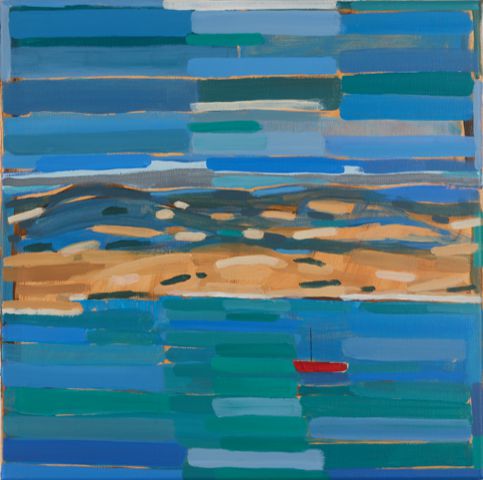
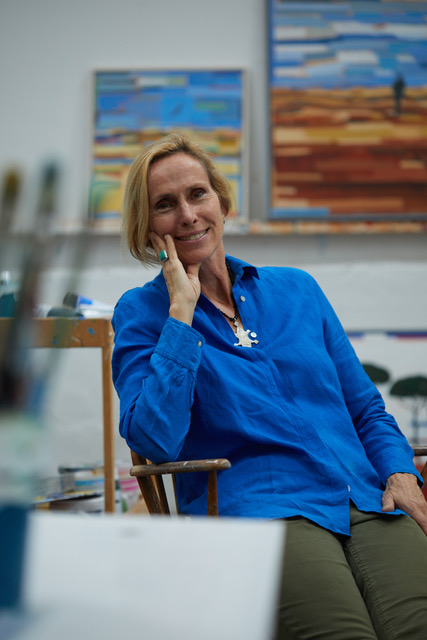
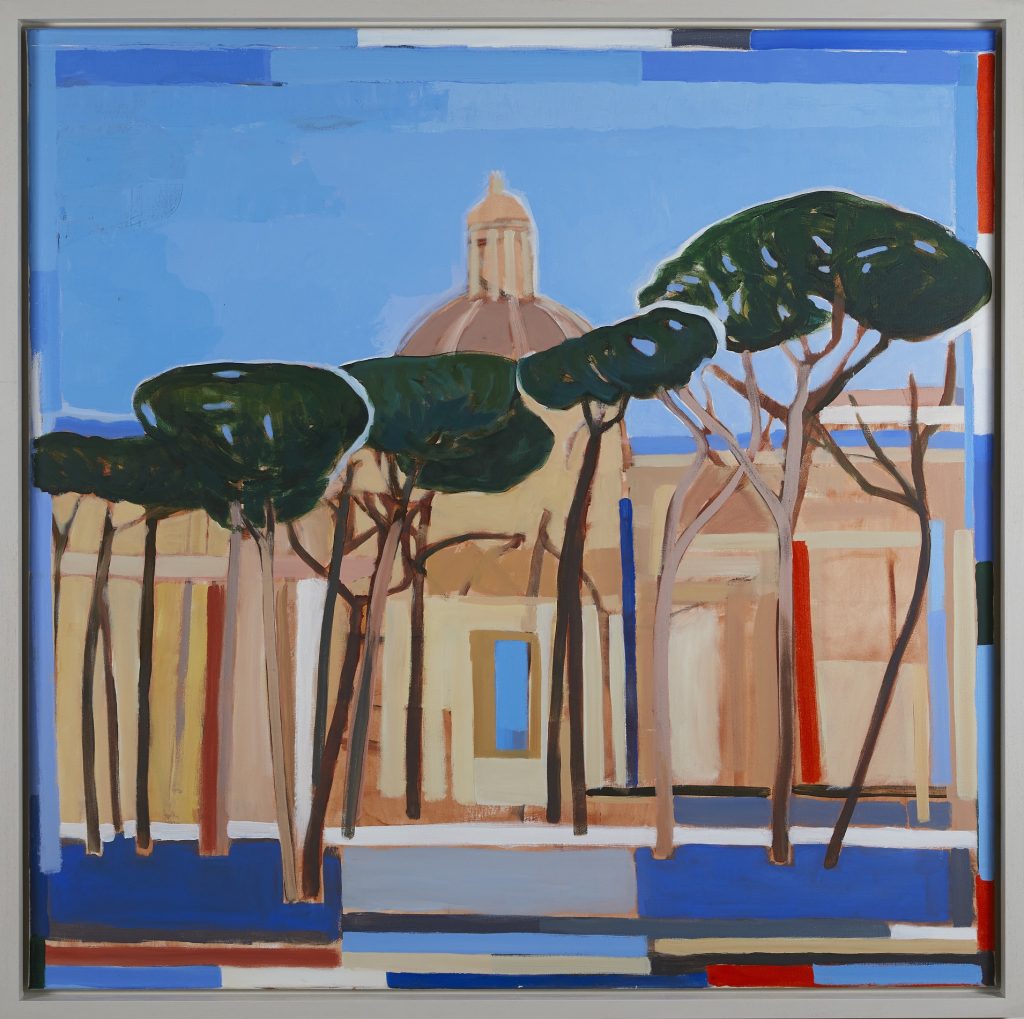
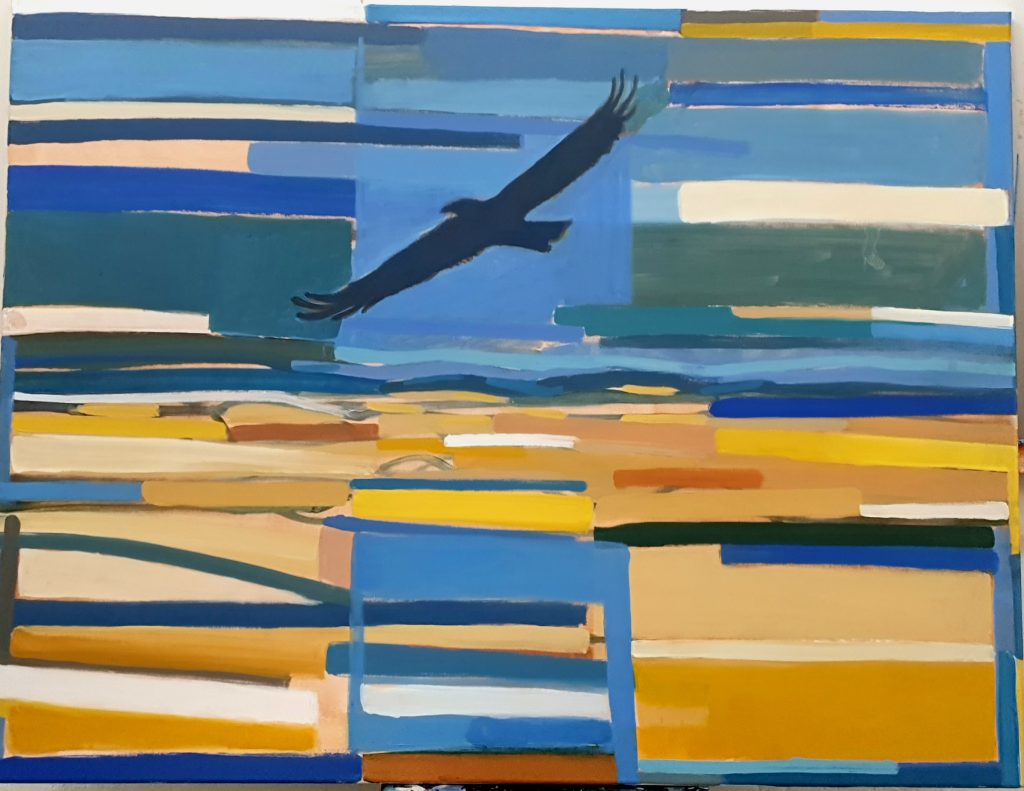

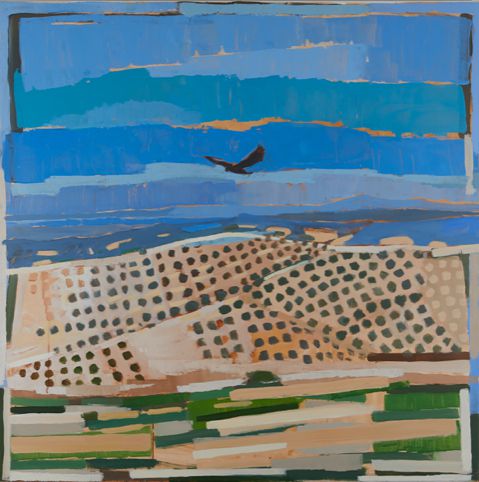
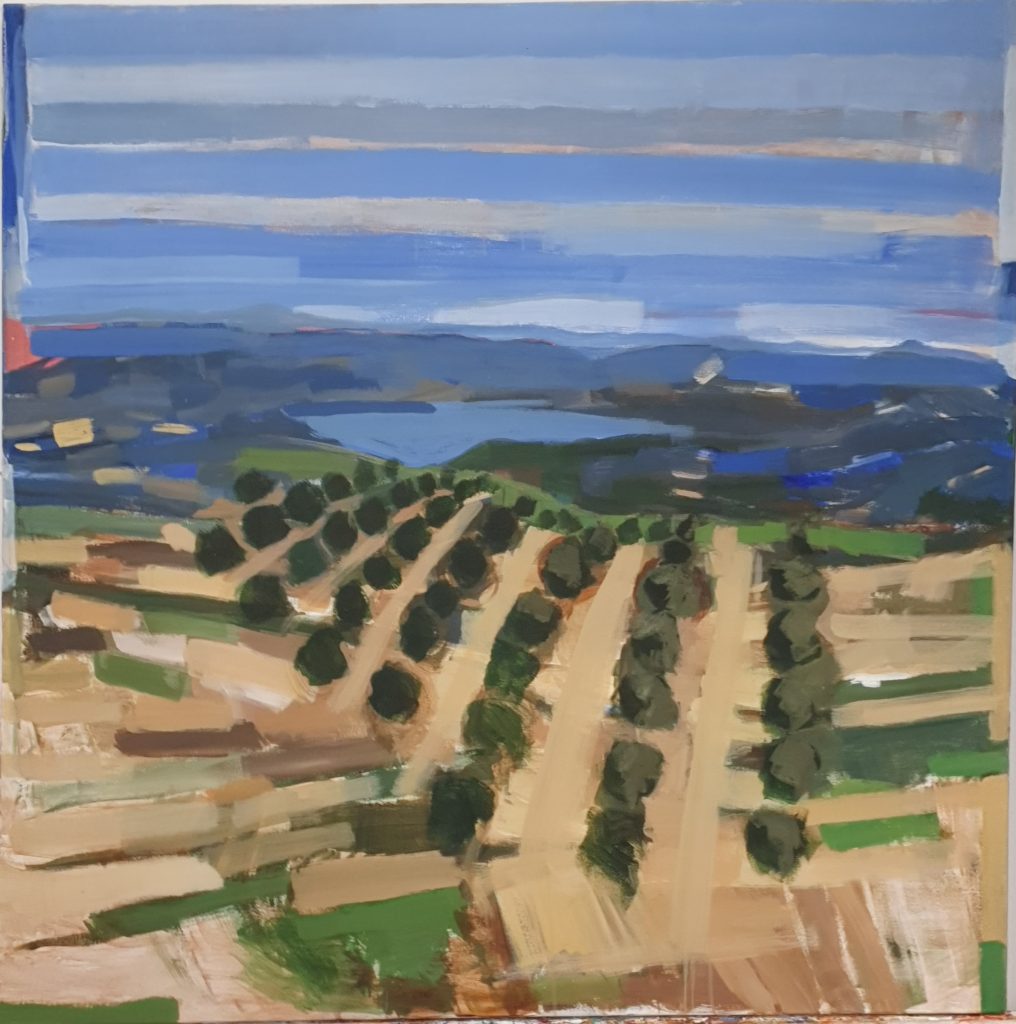
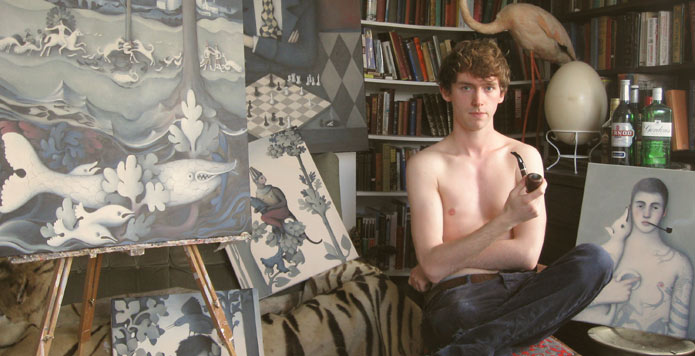

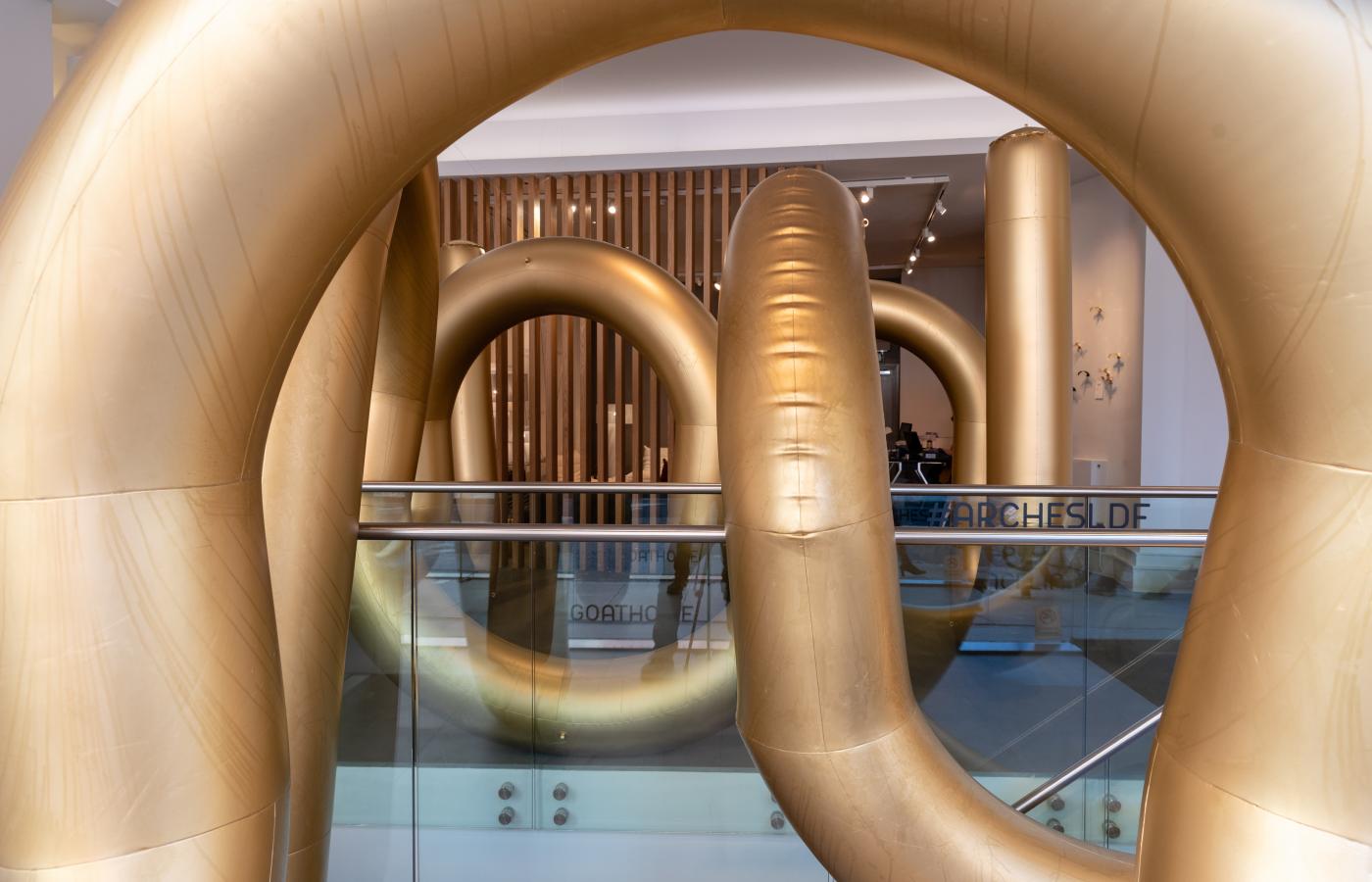
 Saving...
Saving...